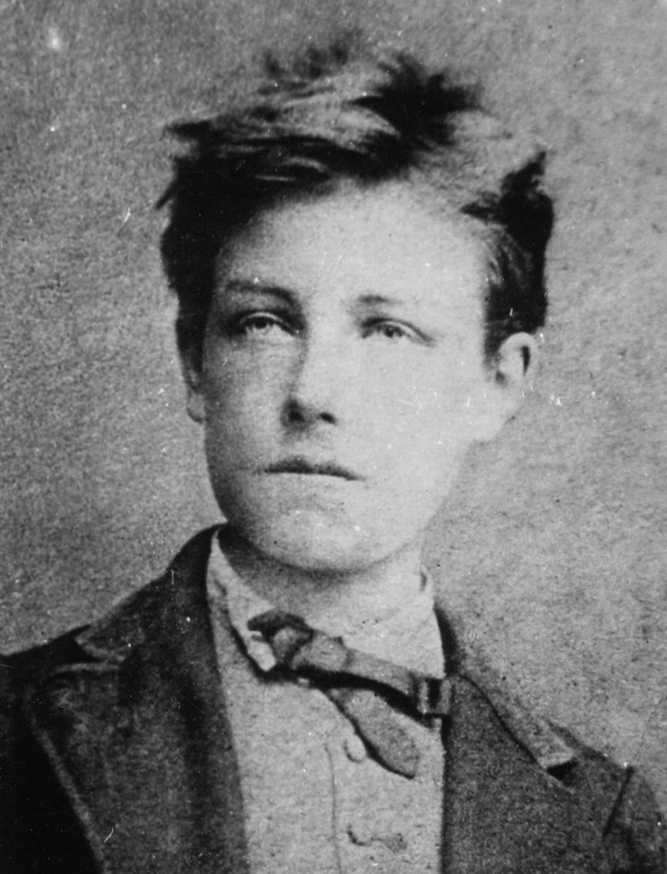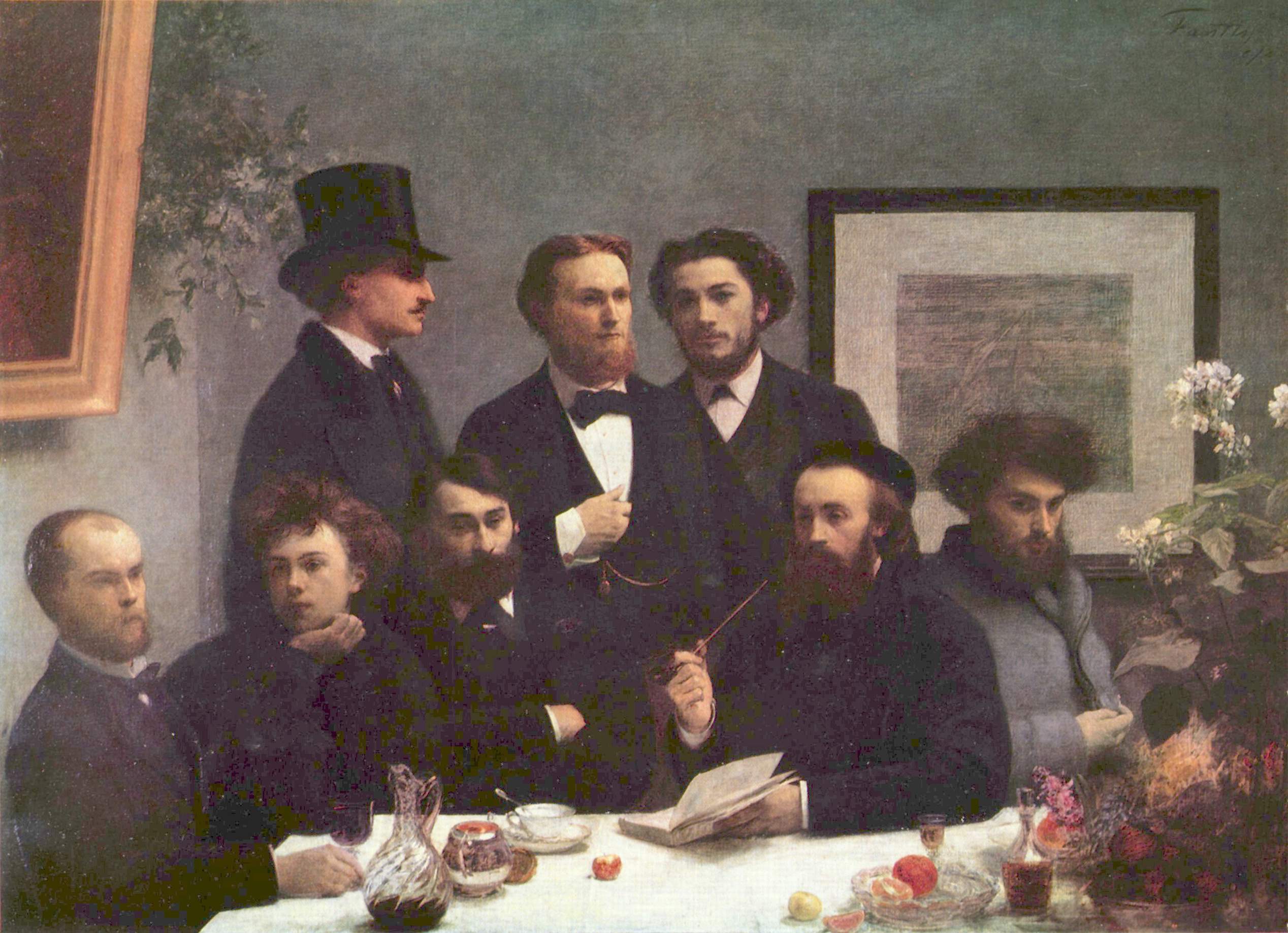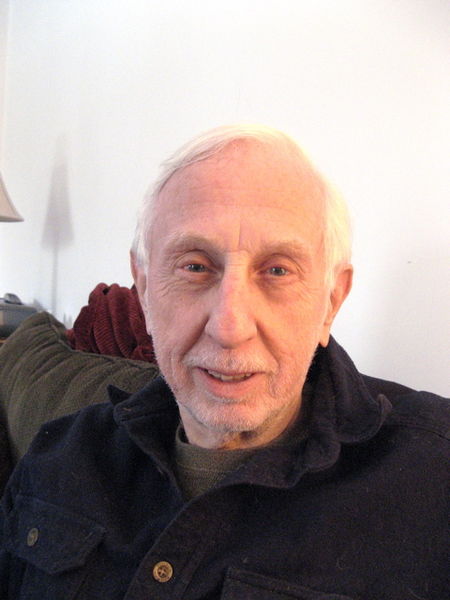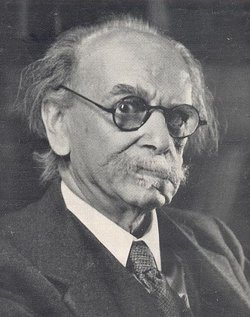Usually I don’t respond to trolling. But these days I got a terrible toothache and lost my patience. So here we go.
In my previous post a native German speaker (see how he uses quotation marks below), Thomas Fink, said in a comment that I didn’t allow to pass:
I checked occasionally into Chechar when I came across him on his journey from Larry Auster into eternity. He had a lot of conversions and recently he converted from the „jewish problem“ to the „Christian problem“.
“Conversion” is the wrong word here. I knew that there was a big Christian Problem since, as a young boy, my father’s doctrine of eternal damnation caused havoc in my worldview, and by 1976 I read Nietzsche for the first time in my life. Hardly can such an old critique of Christianity that gradually matured in my mind be called a sudden “conversion.”
As to the Jewish Problem, “conversion” is the wrong word too. A few years ago I didn’t know that the Jew Yagoda and his Jewish henchmen killed more innocent Whites than the millions of slaughtered Jews attributed to Himmler by orthodox historians. Awakening up to the facts of history—the Bolshevik Jews, not the Germans, started the genocide—is no “conversion,” but an awakening from the matrix of political correctness.
Fink’s trolling continues:
He is obviously a psychologically very troubled person, who was himself quite frank about this.
One of the reasons that I didn’t let Fink’s comment appear in the thread where it was posted, but instead added it as a whole new entry here, is because this is the second time that an angry Christian insults me in the last few days with sentences similar to the above: a perfect inversion of reality.
Why is this is a perfect inversion of reality? Because those who were abused in their childhood or adolescence and speak out vehemently about the abuse as adults are the sanest humans in the world.
Fink should know better, since a native German speaker, the Swiss psychologist Alice Miller, devoted her entire literary career to demonstrate why those who speak out about the abuse are infinitely saner than those who, following the accepted norms of conduct, repress their traumas. I wrote a book on the subject, the third of my Hojas Susurrantes, and cannot discuss this complex subject here (but you can take a look at my other blog, Fallen Leaves).
The Christian troll continues:
I do not think that it is ad hominem to link his anti Christianity with his upbringing as a Catholic and psychologically not resolved problems [my emphasis] with his Catholic parents, documented by himself.
This is an obvious lie. Fink simply has not read my Hojas Susurrantes. He doesn’t know, therefore, how “resolved” or “unresolved” my inner psyche might be.
Fink’s implicit commandment, Thou Shalt Not Talk About Your Abusive Parents, is the flawed implicit commandment of millions upon millions of psychologically dissociated humans: If you publicly talk about your traumatizing childhood or adolescence you must be a dissociated adult. In other words, our society only allows the victim of parental abuse to keep absolutely quiet about his or her life, or perhaps speak only in the privacy of a so-called therapist office. This is exactly why many neuroses and most psychoses cannot be healed by psychotherapy (besides Alice Miller’s work see also Jeffrey Masson’s).
The troll continues:
If someone works in the field of pure logic it is possible to detach the results of his work from his way of living but in the field of religion and social science your personal conduct [Chechar’s], who you are and where you came from is important, even if you can citate [sic] [Karlheinz] Deschner and write coherent sentences in a seemingly detached manner.
You see? Zero arguments.
Fink seems to be saying that because like Deschner—the German scholar who authored the multivolume Criminal History of Christianity—I feel passionate about Christianity, I must be emotionally unbalanced. In other words: I am not allowed to emotionally rebel openly and publicly against, say, the doctrine of eternal torture that my father used against me when I was a little boy.
Nope! You just cannot rebel publicly! Go to the therapist’s office instead! Otherwise that would be “personal conduct” reflecting “unresolved” emotional issues.
This grotesque line of reasoning is like asking Solzhenitsyn to write a “detached” Gulag Archipelago with no mention of any of Solzhenitsyn’s personal suffering he endured in the Gulag System. According to Fink’s logic, should we also call Solzhenitsyn “obviously a psychologically very troubled person” because he dared to speak out publicly using his own life experiences?
Let’s continue with the troll’s comment:
So it is of significance that Chechar and most of the anti Christian right circle around the thinking of a compulsive masturbator who went certifiably mad, that is Nietzsche.
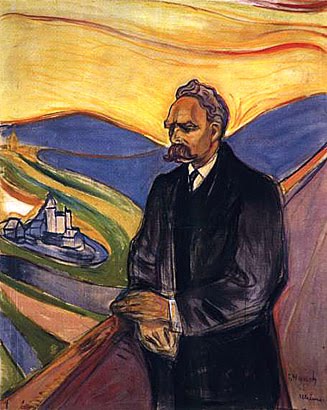
In the last few days, because of his tragic death, I did a little research into the life of another Nietzsche fan, that is Jonathan Bowden. He was a great orator, but he was also a very troubled person, I could sense this on the spot. This is, by the way an ability I have. There is a lot of talk now, that Jonathan only was so great, because he was always on the edge. Maybe. But by definition, everyone who is „on the edge“ is troubled by unresolved sin. And I will never be part of a movement which is dominated by people like this. And this definition of troubled persons includes by the way also many persons who call themselves Christian.
I cannot speak of Bowden’s life, but I have read thick volumes by German authors about the life of Nietzsche, and neither Curt Paul Janz nor Werner Ross ever used the word “sin” against the poor philosopher.
Yes, Nietzsche went mad after his cataclysmic breakdown of January 3, 1889, and never recovered his powerful intellect. A tragedy. But I remember my High School lesson of logic so well! It is a classic ad hominem to dismiss all of Nietzsche’s work prior to 1889 because of what happened to the poor man in and after that year.
Listen to the troll:
In fact this whole anti Christianity boils down to a graffiti on a wall near the Catholic Church in my small German town, which translates as: „Get the bible out of my head!“ which translates as: Get the law of nature out of my head! And that is what Nietzsche found out the hard way: you cannot redefine sin as virtue and live a happy life thereafter. It is not possible, because Gods [sic] law is natures [sic] law, and every unresolved sin will rot in you and make your life miserable.
What a personal and fallacious way of dismissing our arguments! I won’t speak of Nietzsche here, but can speak of me.
Fink simply does not address any of the arguments I have presented so far critical of Christianity. Not a single one. He reminds me of Fjordman, who got mad at another blogger, Tanstaafl, and me when we dared to point out to some philo-Semitic counter-jihadists that besides the Muslim Problem we have a Jewish Problem throughout the West. Half-Jew Fjordman never advanced any argument whatsoever in his many “replies” in the commentariat section of the counter-jihad site. Instead, he insulted Tanstaafl and lied about me.
Fink’s ad hominem stance is so self-defeating that, instead of indulging myself with the last word, I better reproduce his last sentence and leave his comment hanging:
For the non believer the only way out of this dilemma is suicide which now becomes fashionable as antinatalism or the way of the Marquis the Sade which is open rebellion against God by the way of torture and murder.
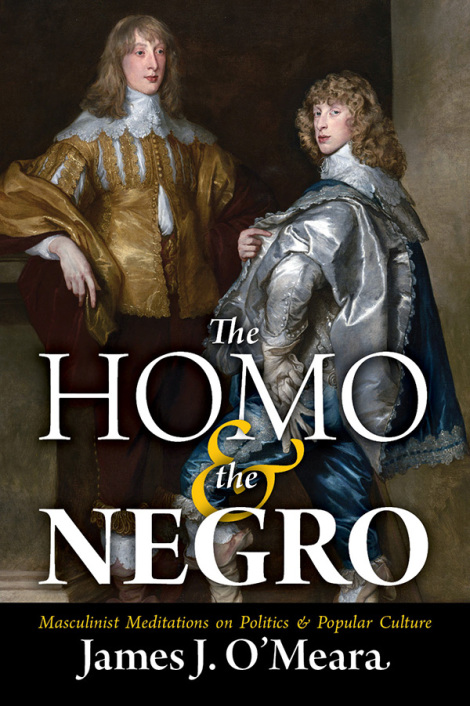 The fact that Tom Sunic and Robert Stark have interviewed Counter-Currents’ philosophical catamite James O’Meara without asking him tough questions during their respective interviews, proves that at least some of today’s nationalists don’t have the moral caliber to say what the Nazis said about faggotry, or even the first American incarnation of white nationalism one or two generations ago.
The fact that Tom Sunic and Robert Stark have interviewed Counter-Currents’ philosophical catamite James O’Meara without asking him tough questions during their respective interviews, proves that at least some of today’s nationalists don’t have the moral caliber to say what the Nazis said about faggotry, or even the first American incarnation of white nationalism one or two generations ago.
